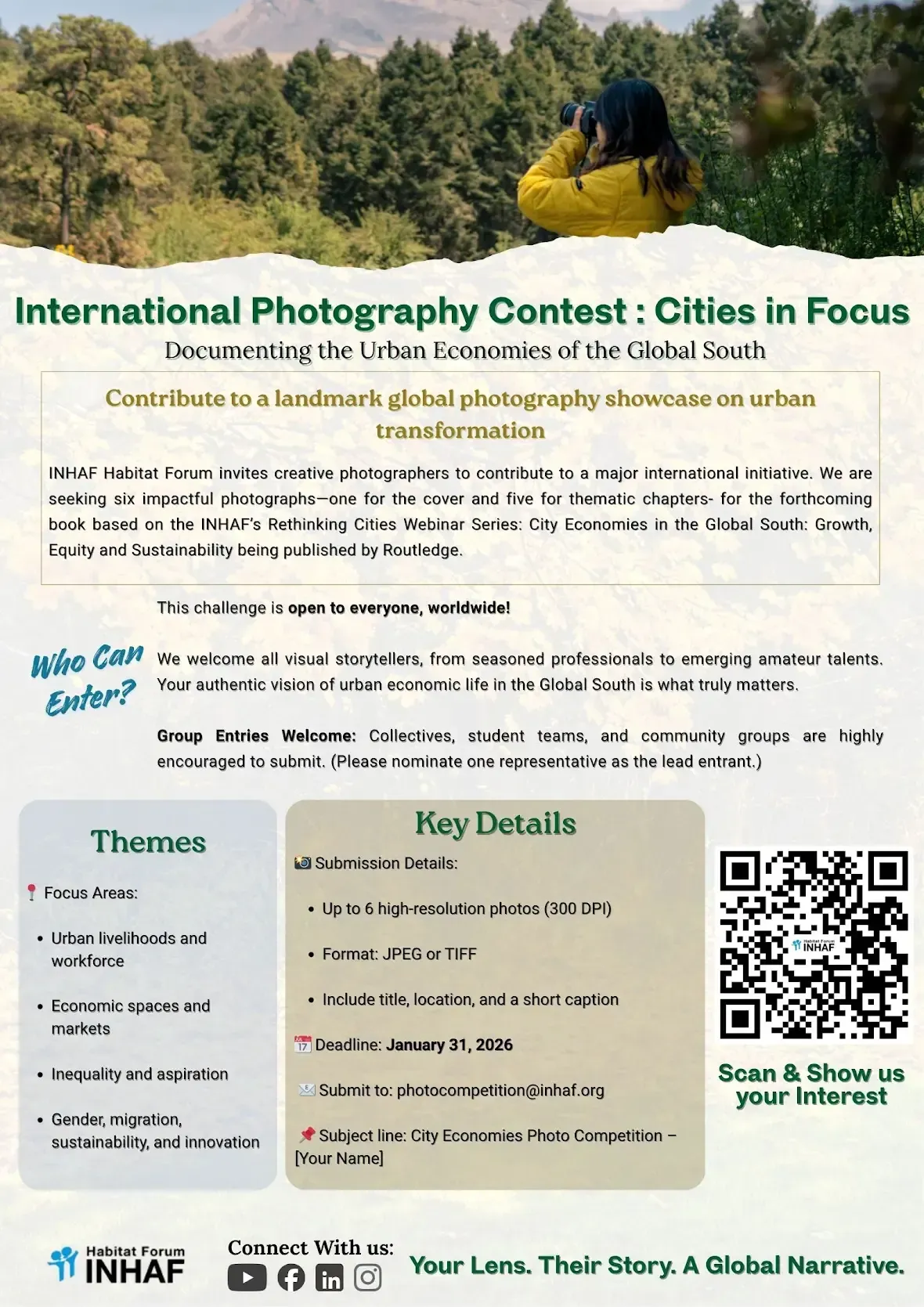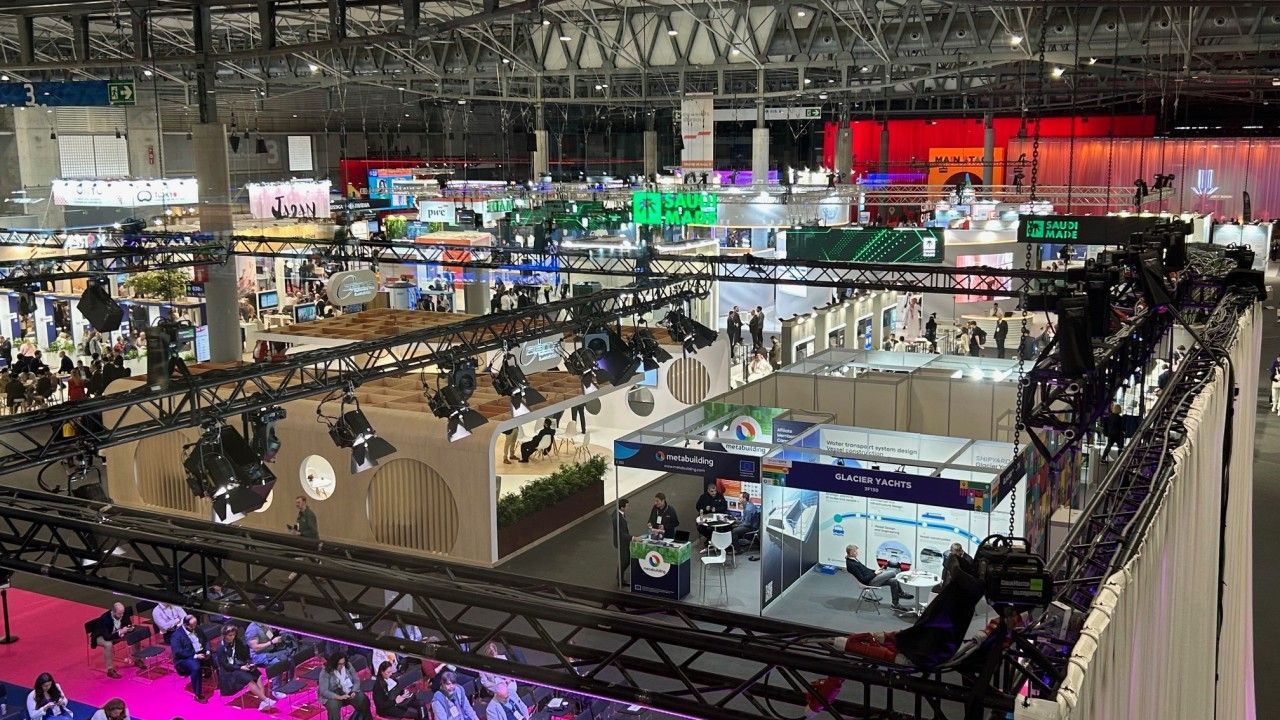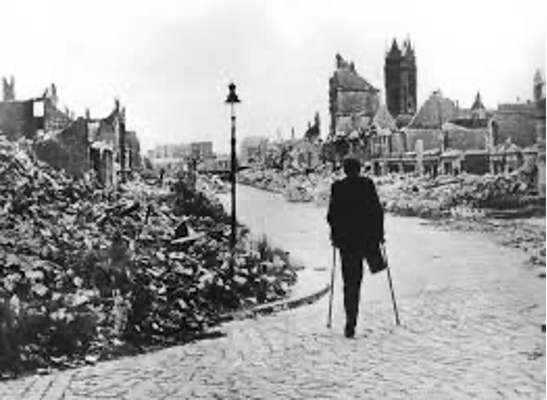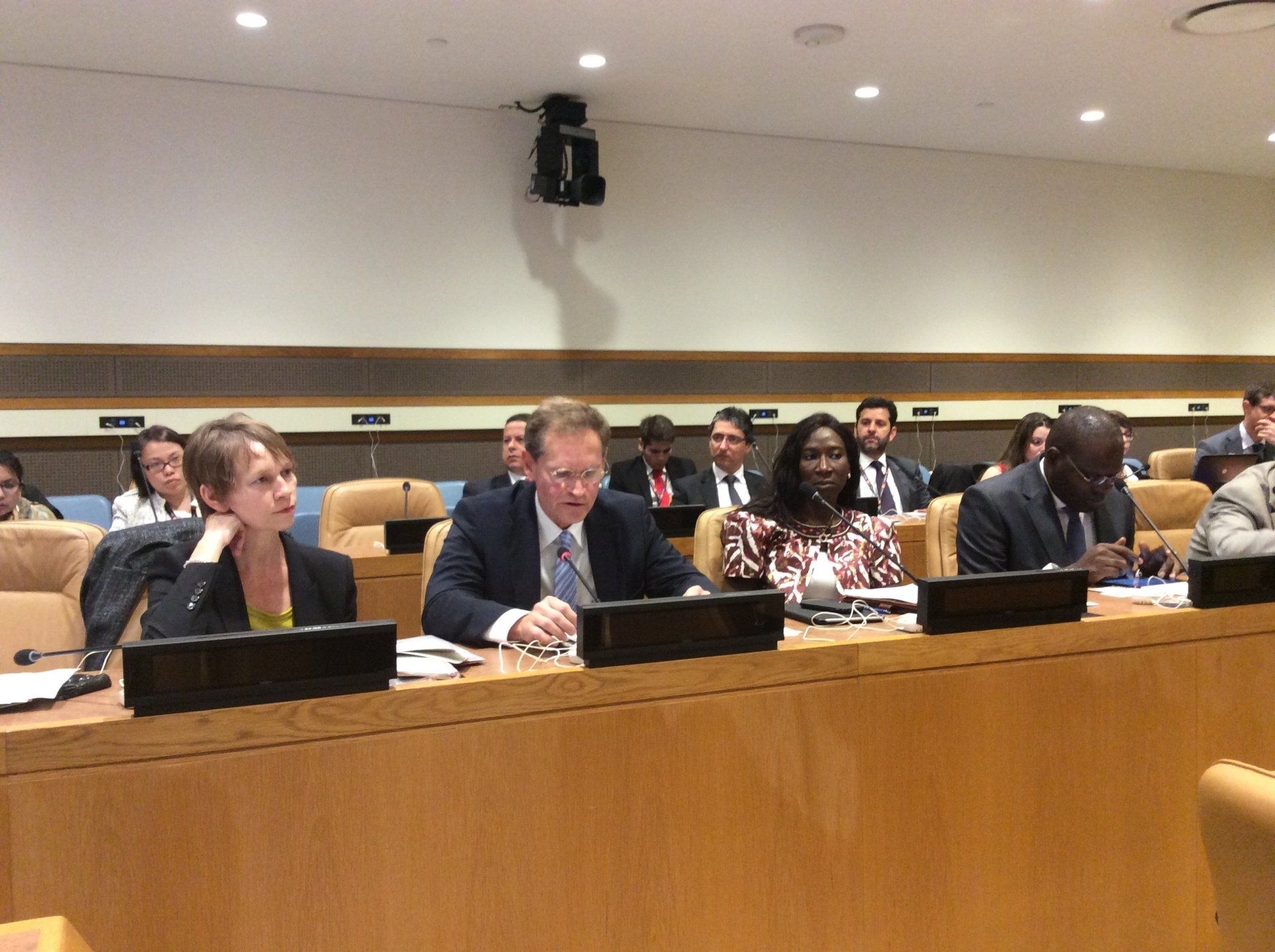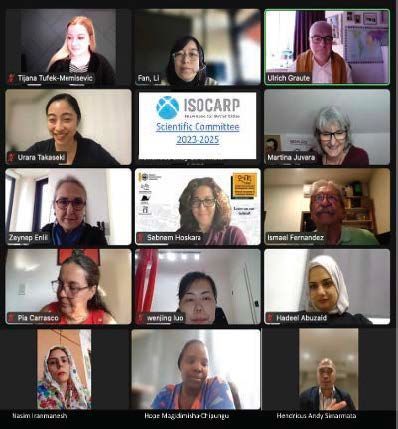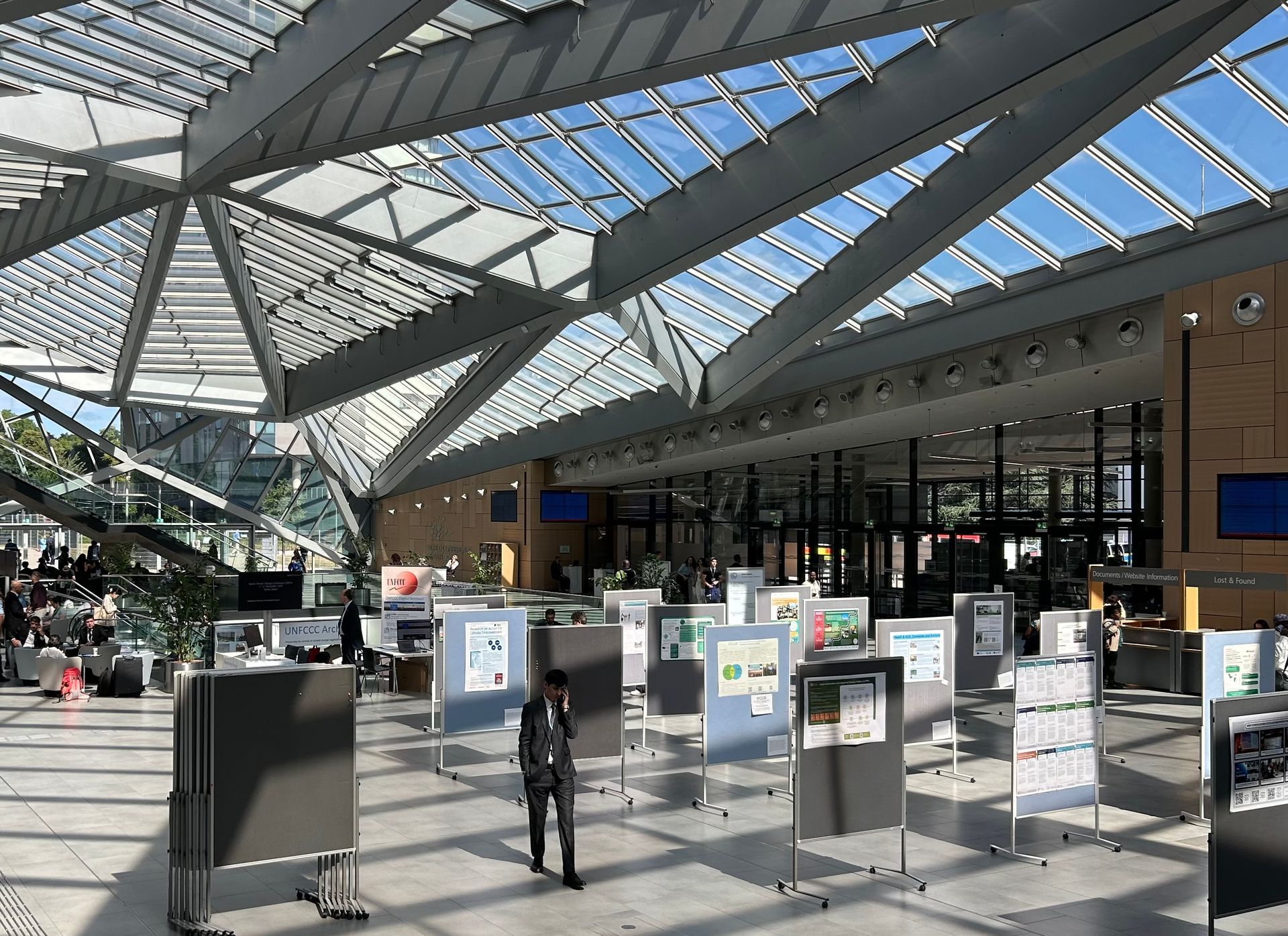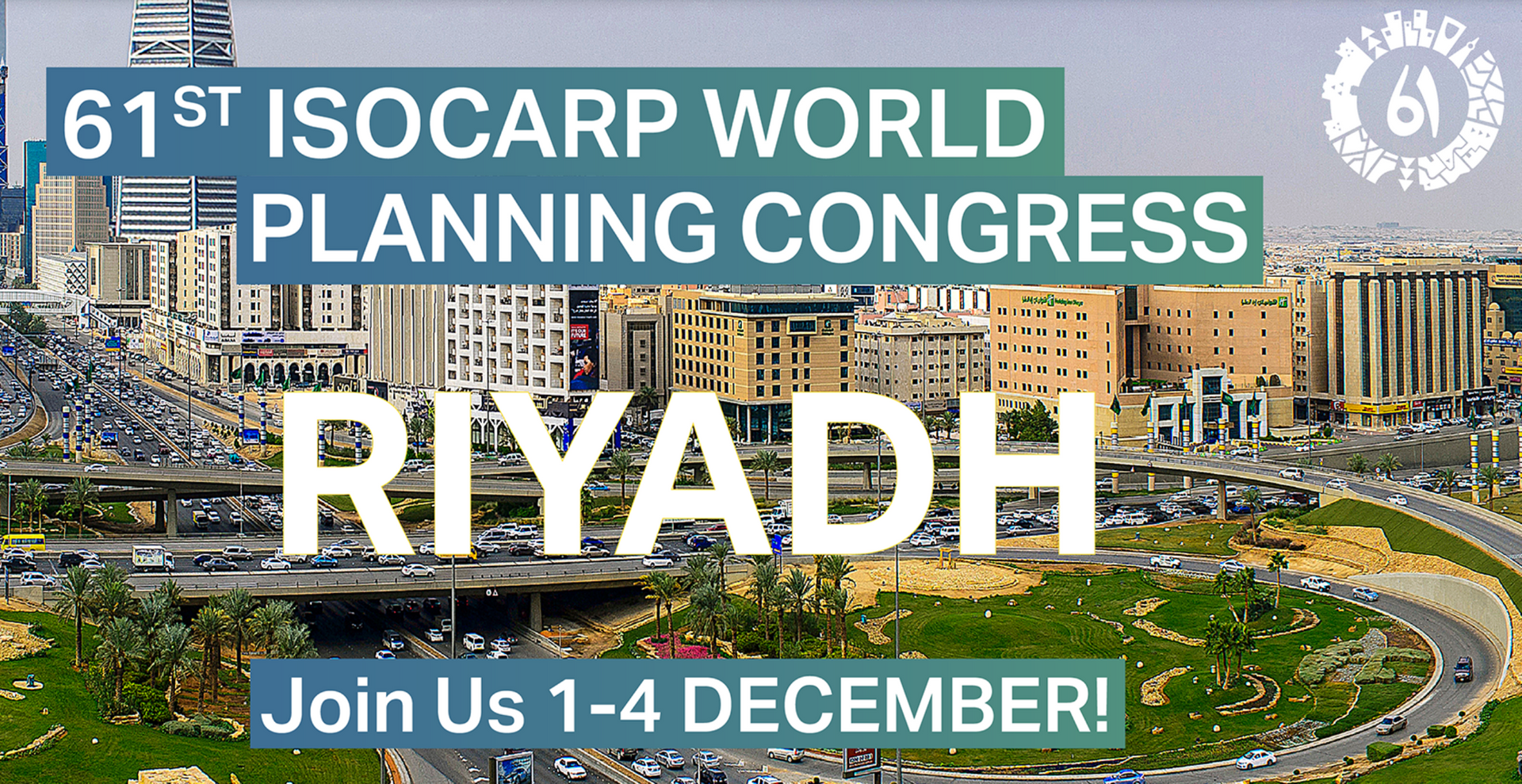Localizing the SDGs: Does the SDG Implementation Require a Reform of the Way the United Nations works? (3/4 posts)
3. Local actors call for a seat at the table of international decision-makers to improve SDG implementation
Local authorities are key to SDG implementation but struggle with their low visibility in inter-governmental dialogues and decision-making
Where is the main work to be expected for implementing the SDG? Cities will have to carry a major if not the main load considering that most of the pollution is generated in urban areas. Not even the life in our oceans can be protected (SDG14) without cities stopping to flush their plastic and other pollutants into the oceans. At the same time, and as described in the first post of this series, local and regional authorities have at the level of the United Nations only an observer role without any decision-making competence.
In 2014 and 2015, I accompanied the Governing Mayor of the Berlin, Michael Müller to attend Habitat III PrepComs in New York and Nairobi and then Habitat III in Quito in 2016. In Germany, the Mayor of Berlin is a high-ranking representative. He has a seat and voting right at the Upper House (Bundesrat). Due to the ranking of the city as a region its Governing Mayor is involved in law making at the national and regional level. In addition, in New York, Nairobi and Quito he acted as Vice President of Metropolis - the global network of major cities and metropolitan areas. In this function he represented more than 140 metropolitan cities or approximately 10 % of the world population. That sounds impressive. However, at the level of UN intergovernmental bodies he was acknowledged just as a non-state actor without diplomatic rank. His slots to speak weren't confirmed until 30 minutes before the meetings began but to keep the chance of speaking on behalf of the cities he had to take the risk of travelling around the world without any guarantee of a speaking right at official meetings.[1]
And the speaking assignments were carefully minced. The first picture below shows in 2014 in New York the overall attendance at the plenary of the first preparatory conference (PrepCom) for Habitat III, the United Nations Conference on Housing and Sustainable Urban Development to be organized in 2016 in Quito. That's where you got visibility. The two following pictures show that the Governing Mayor of Berlin and Vice President of Metropolis got only a small speaking slot at a side event downstairs in a small conference room with less than 25 attendees. There you didn't get much visibility.
... Oh, I can't continue writing this without astonishment....
Hidden as the event on 16 September 2014 was in the basement of the UN Headquarters it was called "High-Visibility Event". Somebody definitely showed humour.
[1] Ulrich Graute (2016) Local Authorities Acting Globally for Sustainable Development, Regional Studies, 50:11, 1931-1942, DOI:
10.1080/00343404.2016.1161740
Picture 1: PrepCom1 Plenary with approximately 300 participants; picture 2: Berlin's Mayor and other local representatives; picture 3: UN officials including Joan Clos (USG, UN-Habitat) plus Emilia Saiz of UCLG at the 'High visibility' event for mayors-
ICLEI's blueprint to enhance UN collaboration with local and regional governments
ICLEI is the association representing 1750 local governments for sustainability. The association is member of the Global Taskforce for Sustainable Development GTF mentioned in the first blog post. Frustrated by the slow progress of SDG localization and the limited role of local authorities therein ICLEI presented in September 2020 the draft of "A blueprint to enhance United Nations collaboration with local and regional governments".[1] With the document the network is calling for an inclusive new generation of multilateralism that addresses COVID-19 pandemic, responds to climate emergency and adopts a new deal for nature:
Local and regional governments must be at the heart of this new United Nations. Multilateralism is only as strong as the sum of its parts, and the participation of cities and regions in global processes – true multilevel participation – ensures that the voices of diverse communities around the world can be heard. A new generation of inclusive multilateralism that fosters and incorporates multilevel collaboration has the potential to strengthen collective global action at a time when it is greatly needed.
The blueprint is composed of four cornerstones for multilateral collaboration. The cornerstones are presented as a holistic approach to an inclusive multilateralism and each cornerstone is one level of interaction under this approach:
1. Global engagement through annual high level consultations with the Chief Executives of the UN System
2. Regional engagement through increased collaboration between the UN Regional Commissions and UN Host Cities
3. National engagement with the UN Country Coordinators through national associations and Local2030 hubs
4. Local engagement, by mobilizing additional resources to champion local and regional governments engaged in the work of the UN
The approach is pragmatically aiming at intensifying communication between the UN system, local governments and their associations including the above mentioned Global Taskforce. The blueprint asks for structural amendments and additional financing for increased collaboration but aims for the near future more at a gradual reform of the existing UN. ICLEI presented this proposal in September 2020 as work in progress. A full proposal is scheduled to be presented for adoption at the ICLEI World Congress on 14-17 April 2021 as well as to the Global Task Force of Local and Regional Governments.
[1] https://talkofthecities.iclei.org/a-blueprint-to-enhance-united-nations-collaboration-with-local-and-regional-governments/
GTF and UCLG: Leapfrogging into the age of a transformative sustainability by making territories and local communities central players in decision-making
The Global Taskforce of Local and Regional Governments (GTF) and United Cities and Local Governments (UCLG) acting as secretariat to the Taskforce took in fall 2020 an extraordinary step: Although involved since years in the nitty-gritty work of UN committees they took a step aside, ignored the current UN system for a moment and envisioned "The Role of Local and Regional Governments in the Future Global Governance of the International System"[1]. The result is refreshing, forward-looking and bold at the same time.
In the introductory chapter Making the Case the authors of the report point to the fact that the current pandemic has shown that our world can change in only a few months and how difficult it is to imagine a world in 5 months from now. And they use this unpredictable future to envision a scenario on their own:
The post COVID-19 pandemic recovery processes will be third and most important moment to determine whether the UN will be able to unite the people once again in harmony with the places and the planet they live on. Our choices will define whether cities and nations will be able to minimize social and economic damages and, at the same time, leapfrog into the age of a transformative sustainability for human societies and the planetary ecosystems that have been striving to nourish over the past couple of decades. (page 7)
The above paragraph is immediately followed by describing what the GTF and UCLG aim at:
We call for a more comprehensive system, one that acknowledges the realities of an urbanized and decentralized world, that puts service provision at the forefront and that takes care of those who take care of us. This can only be done by recognizing cities, territories and local communities as central players in decision-making. The question we are tackling here is the kind of system with the capacity to bring about the transformation that our communities are calling for. (page 7)
The authors imagine a future in which the seat at the global table for cities and regions is guaranteed, securing and enabling an impactful and permanent link between our communities and the world's global institutions. This would put an end to waiting of mayors for a speaking slot. In addition, the authors imagine a shift from an internationally dominated system to one that has cities and territories at the core. All this would reflect a new era of bottom-up and locally appropriate approaches and responses to global challenges. And multilateral organizations would look directly at local and regional governments for appropriate guidance (p. 18). This indeed would put the current UN system upside down.
Bold as the vision is it is envisioned for 2045 only. Thus, it is not a call for an immediate change which would not immediately impact the current Agenda 2030. Taking more time may be a wise decision because the vision is not a blueprint for implementation. It is modern vision as it addresses most of the current economic, social, environmental and political challenges but it also raises new questions, as will be discussed later in this paper.
We call for a more comprehensive system, one that acknowledges the realities of an urbanized and decentralized world, that puts service provision at the forefront and that takes care of those who take care of us. This can only be done by recognizing cities, territories and local communities as central players in decision-making. The question we are tackling here is the kind of system with the capacity to bring about the transformation that our communities are calling for. (page 7)
The authors imagine a future in which the seat at the global table for cities and regions is guaranteed, securing and enabling an impactful and permanent link between our communities and the world's global institutions. This would put an end to endless waiting of mayors for a speaking slot. In addition, the authors imagine a shift from an internationally dominated system to one that has cities and territories at the core. All this would reflect a new era of bottom-up and locally appropriate approaches and responses to global challenges. And multilateral organizations would look directly at local and regional governments for appropriate guidance (p. 18). This indeed would put the current UN system upside down.
Bold as the vision is it is envisioned for 2045 only. Thus, it is not a call for an immediate change which would not heavily impact the current Agenda 2030. But let's learn from the past. As mentioned in the second post of this series, the fact that the successes and failures of the 6400 Local Agenda 21 initiatives in 183 countries have not been evaluated makes it under Agenda 2030 more difficult to choose the most promising path to localize SDGs. This mistake should not be repeated and therefore the current Agenda 2030 should be continuously monitored, it should be improved wherever possible and the future should be prepared.
In the next and final blog post of the series on 'localizing SDG' to be published later this week and based on the first three posts I want to reflect on what should and could be done within the next years.
[1] https://www.global-taskforce.org/sites/default/files/2020-09/LRGs_Visioning_UN75_Report.pdf - accessed on 24 September 2020
To read all posts of the blog „With burning patience“ follow the link
https://lnkd.in/dssagFw
Policies and Governance for Resilient and Sustainable Cities and Regions

